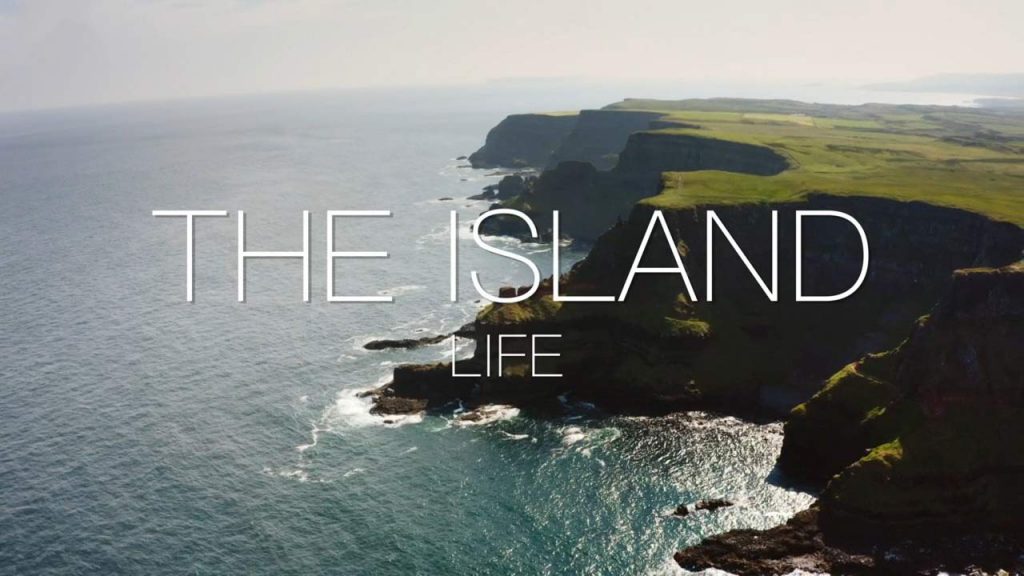The Island episode 3: Everything we know about life comes from the rocks, and the island of Ireland is a treasure trove of ancient life. We meet the fossil experts and dinosaur hunters uncovering the secrets of our past, and in County Kerry, we reveal the world’s most reliable evidence of the first creature ever to emerge from the sea onto the land, still visible in the world-famous tetrapod tracks of Valentia Island.
The story of the island of Ireland’s epic geological journey, spanning 1.8 billion years.
The Island episode 3
During the last glacial period, and until about 16,000 BC, much of Ireland was periodically covered in ice. The relative sea level was less than 50m lower resulting in an ice bridge (but not a land bridge) forming between Ireland and Great Britain. By 14,000 BC this ice bridge existed only between Northern Ireland and Scotland and by 12,000 BC Ireland was completely separated from Great Britain. Later, around 6100 BC, Great Britain became separated from continental Europe. Until recently, the earliest evidence of human activity in Ireland was dated at 12,500 years ago, demonstrated by a butchered bear bone found in a cave in County Clare. Since 2021, the earliest evidence of human activity in Ireland is dated to 33,000 years ago. By about 8000 BC, more sustained occupation of the island has been shown, with evidence for Mesolithic communities around the island.
Some time before 4000 BC, Neolithic settlers introduced cereal cultivars, domesticated animals such as cattle and sheep, built large timber buildings, and stone monuments. The earliest evidence for farming in Ireland or Great Britain is from Ferriter’s Cove, County Kerry, where a flint knife, cattle bones and a sheep’s tooth were carbon-dated to c. 4350 BC. Field systems were developed in different parts of Ireland, including at the Céide Fields, that has been preserved beneath a blanket of peat in present-day Tyrawley. An extensive field system, arguably the oldest in the world, consisted of small divisions separated by dry-stone walls. The fields were farmed for several centuries between 3500 BC and 3000 BC. Wheat and barley were the principal crops.
The Bronze Age began around 2500 BC, with technology changing people’s everyday lives during this period through innovations such as the wheel; harnessing oxen; weaving textiles; brewing alcohol; and skilful metalworking, which produced new weapons and tools, along with fine gold decoration and jewellery, such as brooches and torcs.




